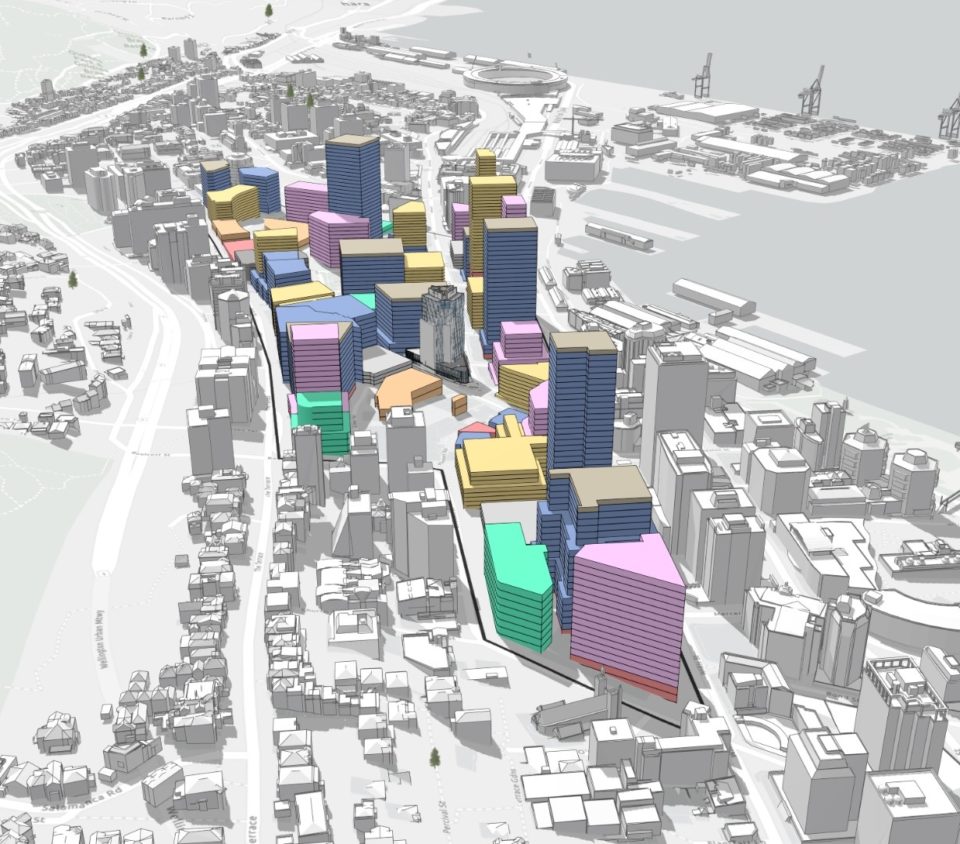By Van Tang, General Manager New Zealand and Pacific, GHD; Maurice Hoban, Digital Lead Asia Pacific, GHD Digital; and David Walker, Market Leader, New Zealand, GHD Advisory.
In an increasingly connected world enabled by digital technologies, the infrastructure industry must keep pace to provide tomorrow’s infrastructure needs.
To do this, we must be committed to being bold, continually reimagining what tomorrow’s needs are and think differently about delivering smart, connected, and sustainable infrastructure that meets the changing needs of our future communities.
Communities will demand the infrastructure of the future to be more efficient, however this will only occur if it has been created this way, and local governments have a big role to play in enabling innovation in infrastructure planning, design, construction, and operations.
Real world mimicking digital world
The current challenges we are experiencing as an industry is an attempt to move toward a digital future through mechanisms such as Digital Twins and Building Information Modelling (BIM).
The current progress in implementing these technologies is not far enough advanced to meet the needs of our future generations who are already immersed in an ever-increasing, sophisticated digital ecosystem, evident in the gaming world.
For the uninitiated, this world is not all about racing cars and war games, it also extends to infrastructure. Although there are many examples of such products, one of the more popular called Minecraft, is a sandbox video game developed by Mojang Studios.
This allows children from a very early age to explore a blocky, procedurally-generated 3D world with infinite terrain, where from an infrastructure perspective, they may discover and extract raw materials, craft tools and items, and build structures or earthworks.
Although extremely popular, this is only one example amongst countless games and experiences that they have access to which is continually growing their digital capabilities – imagine their disappointment if they transitioned from this world to our current ways of working?
The digital world is virtually infinite, and we need to work out how we meet this expectation in developing our communities and their infrastructure for the future.
Opportunities for transforming infrastructure delivery
With challenges such as rising costs, infrastructure that is not fit for purpose, or risks around ownership, service and delivery, there is a burning platform to address and convert these into opportunities to propel lasting change.
To address these challenges, local governments need to co-create with planners, architects, engineers and asset managers to deliver a digital foundation that has the potential to provide a step change for communities and cities around the world.
The rapid pace of technological, social and environmental change already occurring in other sectors, such as online transactions and processing, needs to be matched by infrastructure. Failure to do so will ensure productivity remains low and the cost of infrastructure delivery and maintenance will continually be driven up, creating an ever-growing anchor for the rest of the economy.
Choosing the correct path
There are two options. We can continue the current slow pace of change and tread water to stay afloat, or we can grab the opportunity to tackle industry wide transformation.
Although successful infrastructure delivery is complex involving multiple people, organisations, communities and businesses, advancements in the way we manage technology, data and processes can provide the pathway to improving infrastructure performance.
Innovations are already helping a number of nations cut through barriers which impede infrastructure delivery, including investing in data and developing a common approach to the collection of data.
Data analytics has limitless potential
From a gaming perspective, data analytics is critical to monitor what and how users interact with games. For instance, aspects such as game termination data provides insight to when players are leaving the game permanently and at what point this occurs. To undertake this analysis, game development firms are tasked with processing massive volumes of data, so both the technologies and data need to be structured to achieve this efficiently and effectively.
Similarly, from an infrastructure perspective, it is not efficient nor productive to develop and maintain individual or bespoke approaches to data. Yet this position is quite common around the industry which makes it difficult to share and work with data.
In fact, many clients are unaware of the cost they have embedded in their operations when advisors have to work with their data.
We have an opportunity to think of data outside of an organisation or project boundaries, to enable collaborative data environments that can be used for multiple reasons by multiple users.
For example, adding in real-time data on the movement of people, how assets or buildings are being used, where people are spending time, what they are enjoying, what is being spent to stimulate communities, or perhaps how an asset is performing and its role in climate emissions efficiency.
Anything is possible.
So, where do you start? We need to demand strong data as the starting point, and think about how data is procured, to take account of the multiple potential uses across the whole life of an asset. This will provide us with the ability to better collaborate, make informed decisions and provide deeper insights in regard to our assets.
Paving the road to a new future
Infrastructure is the cornerstone of our communities and cities. To build on some of the foundational work being put in place, we need commitment to drive transformational change to occur on an industry wide basis.
By intersecting our capabilities with emerging digital potential, we can rethink our future and enable community regeneration.
We are living in a world of so many unknowns, but by recognising the parallel digital world our emerging generations are living and developing in, we can begin, and commit to redesigning the future and plan our way to get there.



